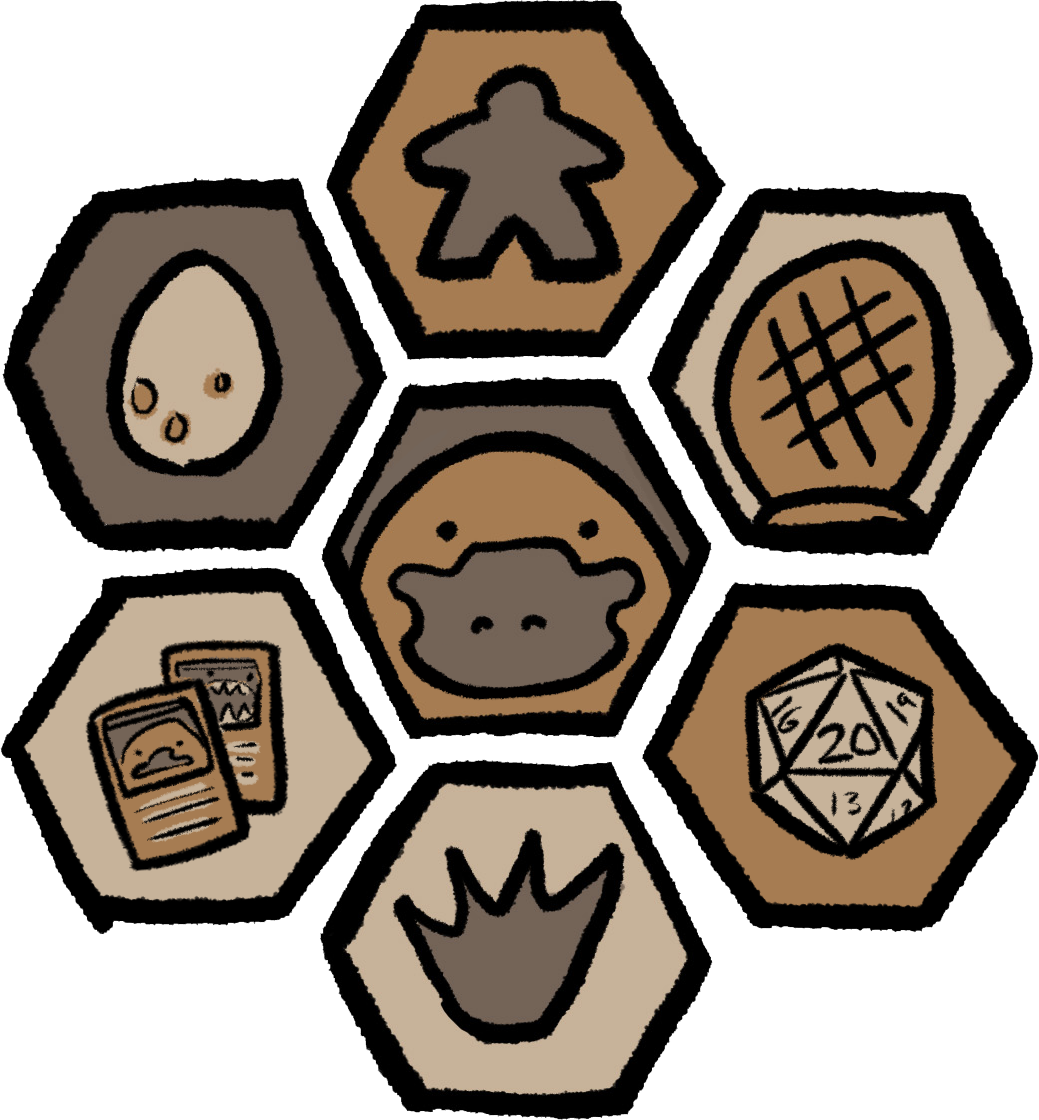Try to collect the treasures in the labyrinth sounds simple enough - but the walls are invisible! This game uses a lot of memory to try to remember which paths are safe as you work your way towards the current token everyone is trying to reach. Magnets are used bring some reality to the magical invisible walls.
On your turn you roll a die to see how far you can move. Once you start moving towards a specific square, you have to keep moving (otherwise you could feel for the walls). If you manage to safely get to the next square you can keep moving if you have movement remaining. However, if your ball bearing falls from your pawn you ran into the walls and will have to start from the beginning of the labyrinth at the start of your next turn.
The maze is completely customizable being constructed from wooden pieces that are inserted into a frame below the board. If you are playing with young kids you can use less walls to make it easier to get around. If all of the players are smart adults then you can put all of the walls in and make it a challenge.
Once a player gets three of the treasures the game ends with them as the victor. The game probably takes at most 30 minutes to play depending on quickly you can get around the invisible walls. If games that test your memory are fun for you make sure to get Magic Labyrinth a try.


















